Table of Contents
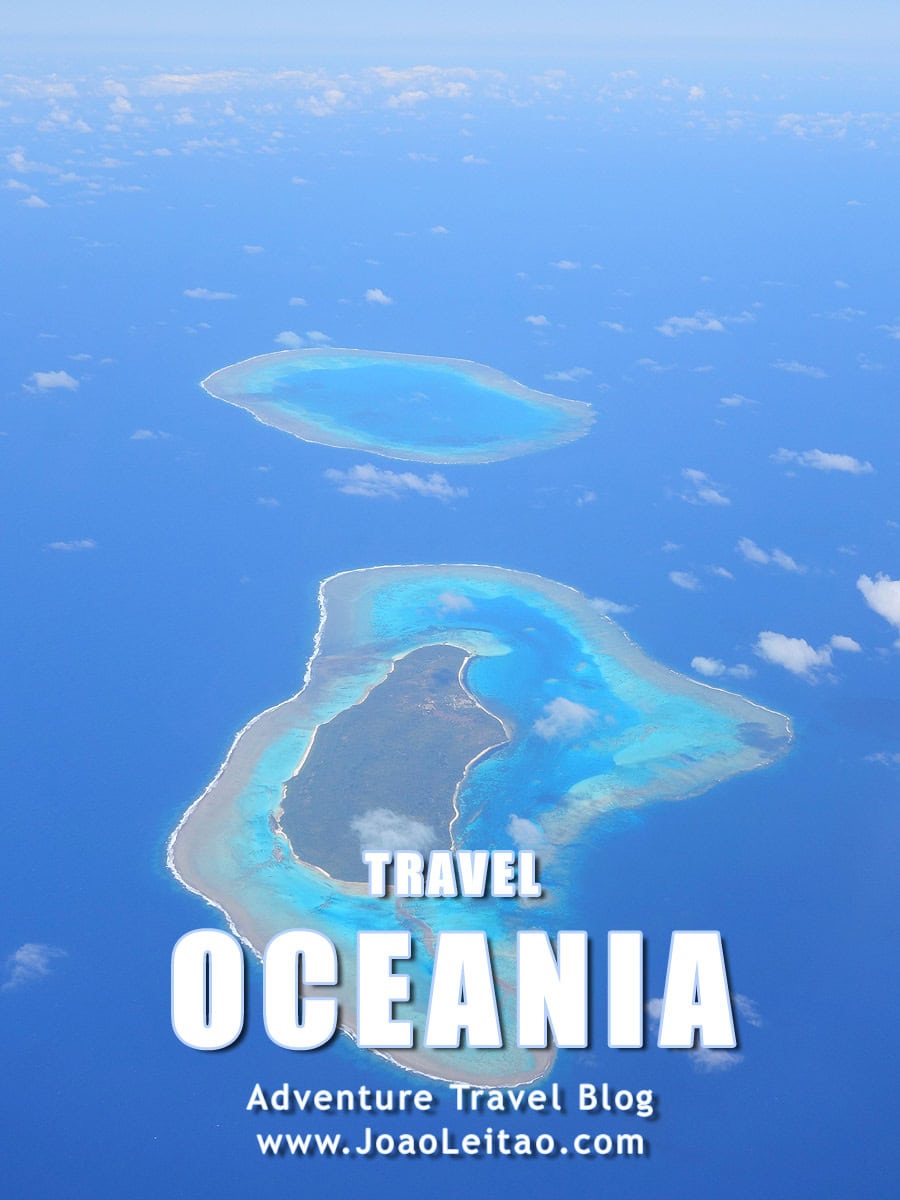
Oceania Travel Guide
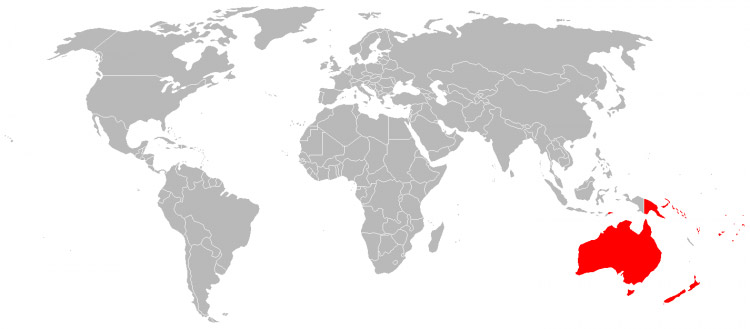
“Oceania is an incredible continent to visit. It has 14 countries with a total population of 37 million. The most prevalent languages in Oceania are English, Fijian, Hindi, Maori, and Samoan.”
Inspiring Places to Visit in Oceania
On this page is a list of Oceania’s Best Destinations.
1- Visit Sydney, Commonwealth of Australia
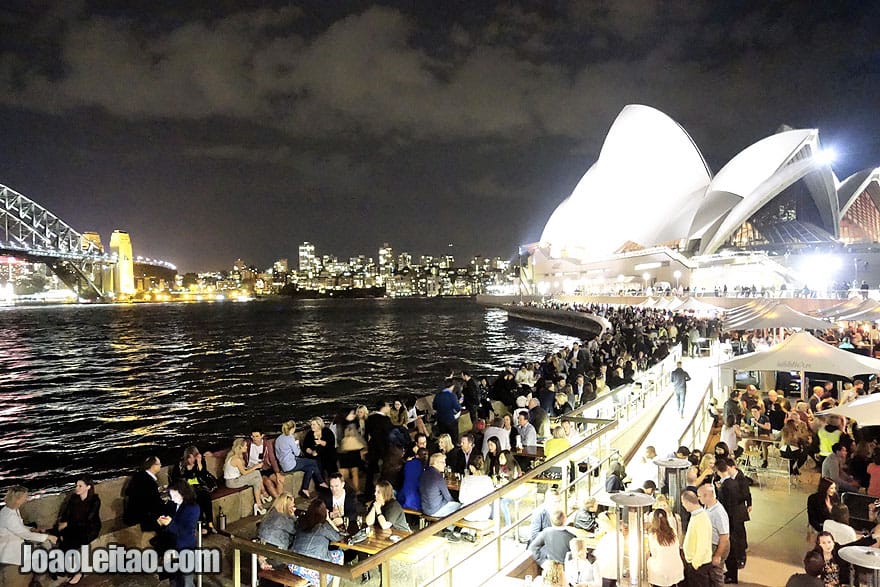
Have you already heard that Sydney is the most beautiful city of all cities? Well, it’s quite possibly true! With an astounding cityscape, the multicultural Sydney was built around the world’s largest natural harbors, which I’m sure you’ve seen pictured before. The highlight here is the Sydney Opera House, an iconic modern building recognized everywhere.
In the Rocks harbor-side district, where the first Europeans arrived in 1788, the cobblestone streets tell a tale of the area’s age. Other paramount features of Sydney include: the beaches and anything coast-related (the world-renowned Bondi Beach is a must for surfers), the Coathanger (Harbor Bridge), the many art galleries and museums, Sydney Botanic Gardens, Government House Sydney, The Queen Victoria Building (housing an elegant mall), Sydney Tower, The National Maritime Museum and, if possible, stop by the lively weekend market. Whatever you do in this city, be sure not to rush the experience of all that is Sydney!
2- Visit Nukuʻalofa, Kingdom of Tonga
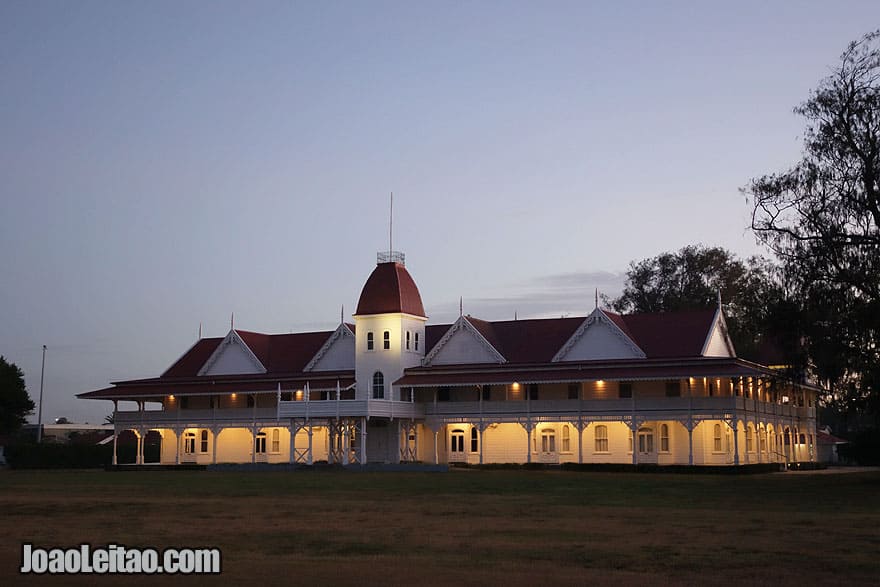
In Tonga, there is a myth telling the story of the origin of Nukuʻalofa, the country’s capital on the north coast of Tongatapu island. Nuku is said to mean abode, ʻalofa means love. Period. As the capital of the country, we might expect Nukuʻalofa to be the modern place that it is, while it is also quite possible to find pigs roaming peacefully, enjoying the fresh air! With sandy, white beaches caressing its coast there are also a vast quantity of churches, appearing to outnumber the city’s houses.
Nukuʻalofa is a small city, best discovered at a slow pace. The collapsing wooden Royal Palace, built in 1867, was once the king’s official residence. There was even a tortoise who, offered to the island by Captain Cook in the 18th century, lived here until 1966! Before venturing to the rest of the island, let time pass in Nuku’s quaint cafés, visit the main market where fresh fruit and vegetables are sold by locals on the first floor while, on the second, you’ll find handicrafts, jewelry, carvings and much more. A bit to the south of the city are the Fanga’uta Lagoon and the Tonga National Cultural Center, where you’ll become better acquainted with the kingdom’s history. Also, don’t miss the great spectacle of local dance shows.
3- Visit Great Ocean Road, Commonwealth of Australia
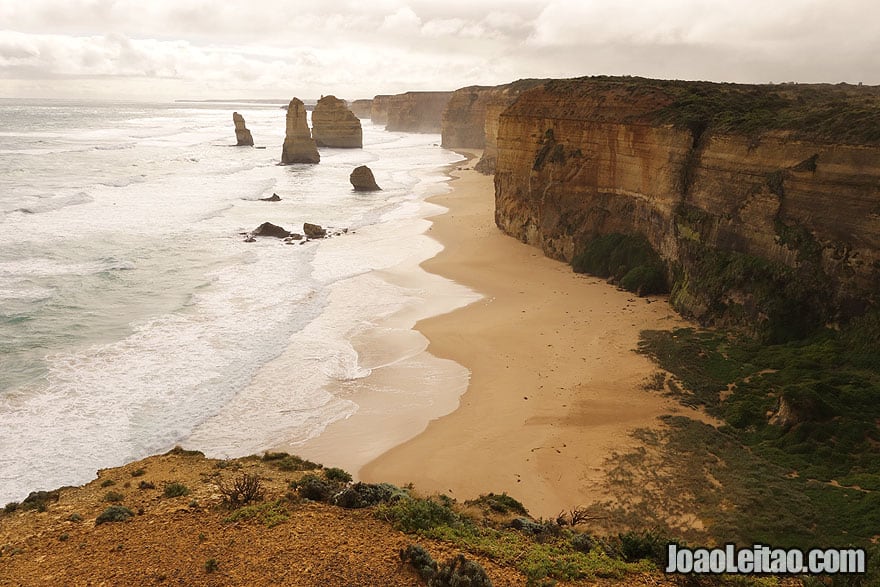
Not simply a road, Great Ocean Road is a 243km / 151mi-long war memorial constructed between 1919-32, by surviving World War I soldiers who returned to Australia and dedicated it to fellow soldiers killed in battle. The largest war memorial in the world and part of the Australian National Heritage list, the passage covers a distance of 244 km. between the cities of Torquay and Allansford, in the southeastern coast.
Unlike what I’ve written about the places I’ve visited in Oceania and other continents, I feel like the Great Ocean Road deserves an almost complete account of all the landmarks and places you will see just by driving along its full stretch. So, here it goes: the Twelve Apostles limestone stack formations, heathlands, the rainforest, tranquil coastal towns, dairy farms, isolated beaches and world-class surfing breaks along Shipwreck Coast and Surf Coast, lighthouses, roadside eucalyptus forests packed with koalas and then, wineries! Do you feel like going for a drive?
4- Visit Levuka, Republic of Fiji
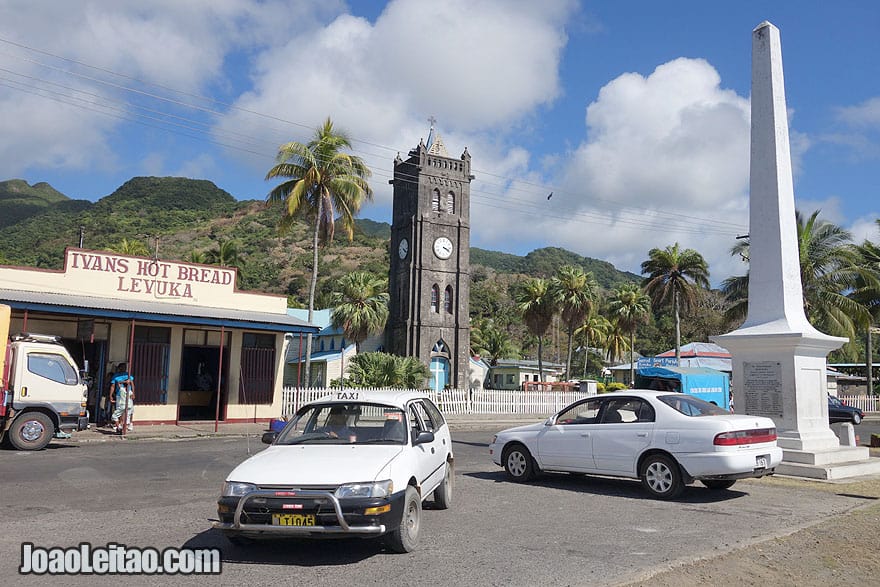
Surrendered to the British in 1874, the small town of Levuka, on the eastern coast of the island Ovalau, was the first colonial capital of Fiji. Americans and Europeans alike helped develop it with the construction of port facilities, warehouses, stores, residences and buildings for educational, religious and social institutions.
Being such a rare late-colonial example of a port town influenced in its development by the indigenous community, Levuka was considered a World Heritage Site by UNESCO in 2013. The mixture of indigenous Fijians, Indo-Fijians, Chinese Fijians, part-European Fijians and a few foreigners will surely welcome you!
5- Visit Sopoaga Waterfall, Independent State of Samoa
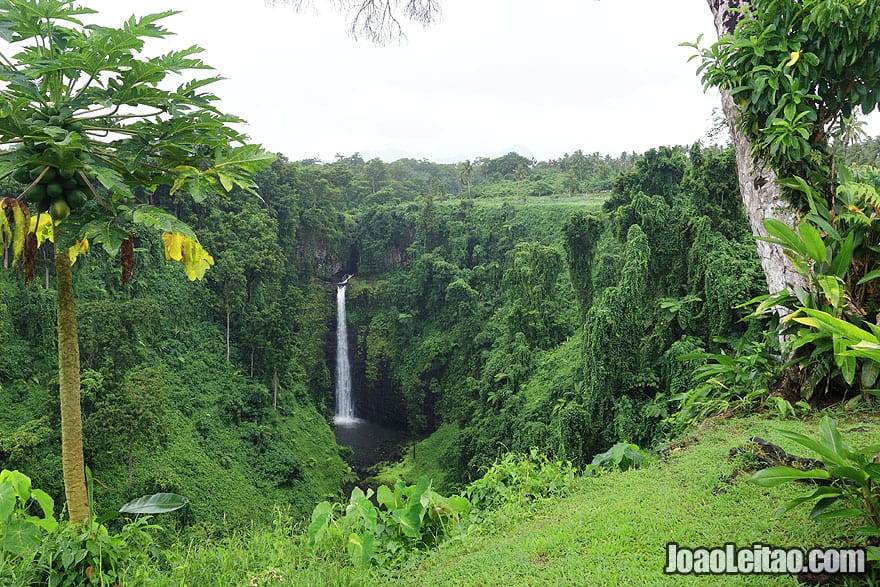
Sopoaga Waterfall is located off of Le Mafa Pass Road in southeastern Upolu, Samoa’s second-largest and most populated island formed by a seafloor volcano. It is well worth the stop and payment of a few talas (Samoan currency) to visit its beautiful gardens.
While you will perhaps enjoy a picnic among the many different types of Samoan plants and vegetation, you can also savor the incredible view across to the waterfall. Wow! For a place hit by a tsunami in 2009, there is so much luxurious green here!
6- Visit Rotorua, New Zealand
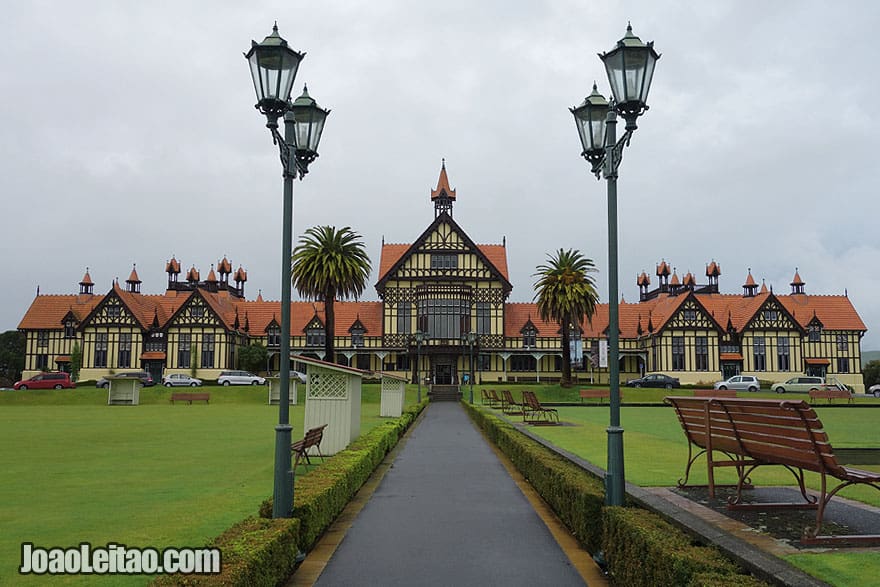
Rotorua city lies in the Bay of Plenty region of New Zealand’s North Island, near a lake of the same name. The city and region’s main feature is its thermal activity provided by geysers, hot springs and exploding mud pools. Trust me, your nose will sense it all as soon as you arrive! The Maori (today, only 35% of the population) have named one of Rotorua’s most astounding springs Wai-O-Tapu, or Sacred Waters.
Although Rotorua’s constant hydrothermal activity attracts visitors to the city, the Maori traditions are what make us want to stay. Their values, traditions, dances and songs can be witnessed at concerts and at hangi evenings, for those wishing to plunge into the soul of New Zealand.
7- Visit Leleuvia Island, Republic of Fiji
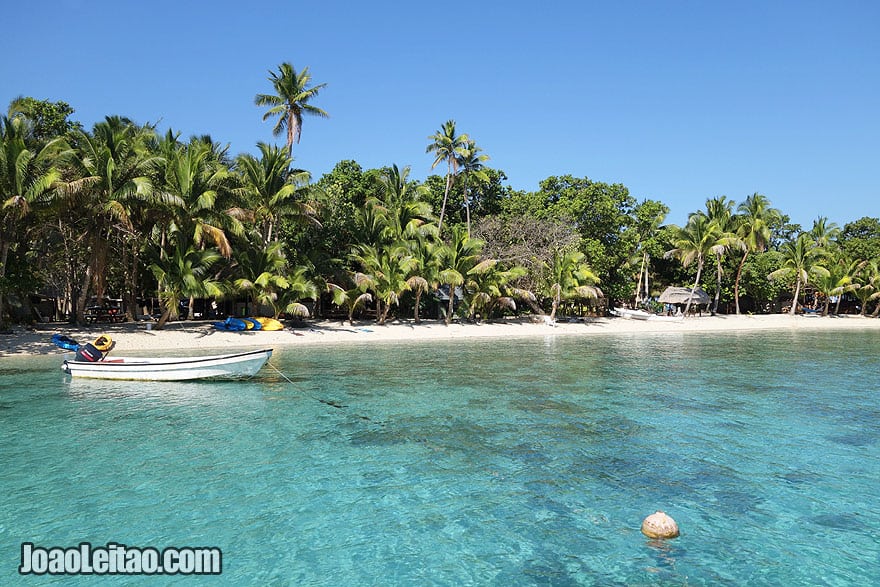
Situated in the Moturiki Passage, south of Ovalu, the small coral island of Leleuvia is an experience especially for backpackers while it truly can please all people wanting to have the choice of doing nothing at all, for a few days. It is the sort of place many would call Paradise. If you do decide to soak up the most of Leleuvia, you can start by strolling the entire coast – only 2km / 1.3mi of a beautiful, white-sand beach with palm trees. It won’t take you very long!
To really take in this South Pacific island, in all aspects, submerge yourself in its transparent waters. Almost like it doesn’t exist, when I say transparent waters, I mean crystal-clear! Either near the beach, or further away on a snorkeling or scuba diving trip, there are ample colorful, soft-coral reefs to experience for hours. As well, nights on the islands are amazing with all the stars in the sky shining so brilliantly.
8- Visit the Tsunami Rock, Kingdom of Tonga
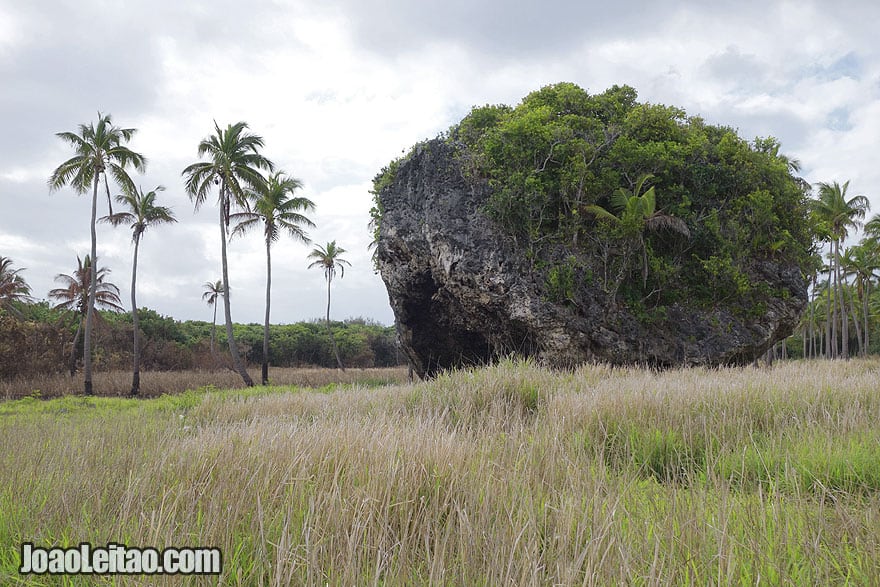
A truly impressive and huge coral rock on Tonga’s main island, Tongatapu, Maka Sio’ata is incredible (apart from its size) because of its location. Researchers call it Tsunami Rock because they believe it was pushed to where it lies, together with other smaller rocks, by a giant wave triggered by a volcano eruption during the most recent ice age, 7,000 years ago.
Tsunami Rock is 15m / 50ft-wide and now sits more than 100m / 30ft from the seacoast. In order to better-understand the scale of such a giant wave required to move the rock, the swells generated by the most powerful explosion in recorded history (on the Indonesian volcano Krakatau, in 1883) were 40m / 130ft-high and transported a rock the same distance… but only one-third its size.
9- Visit Hobbiton, New Zealand
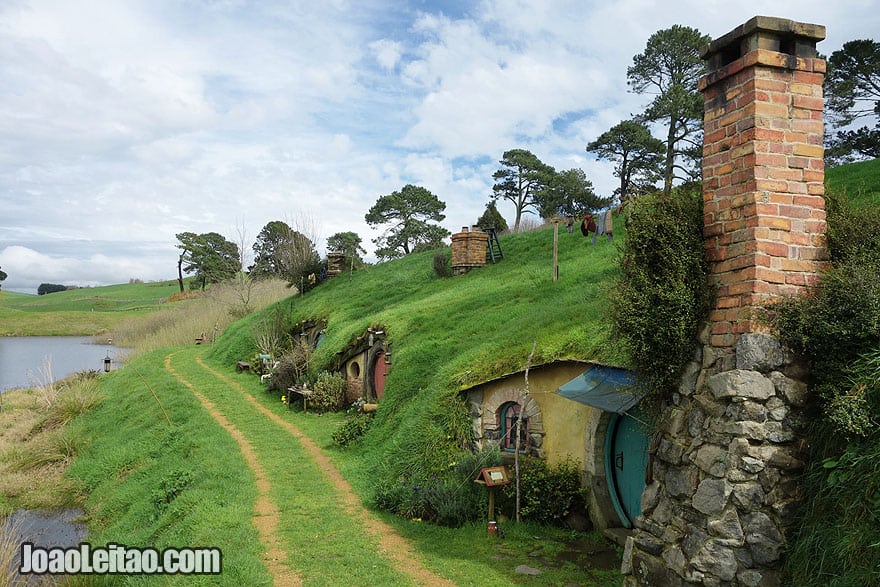
Imagine you are big, really big. Now, picture yourself in the pictures. More precisely, in the ones telling J.R.R. Tolkien’s stories of The Lord of the Rings and The Hobbit. The Hobbit’s movie set transports us to The Shire, in Middle-earth, where Hobbits would run around, having fun and being part of nature.
Visiting the set, rebuilt and now a permanent attraction, you can take a tour commenced by breathtaking views of the Kaimai Ranges. Here, we are transported to Bag End, the Green Dragon Inn, the mill, the double-arched bridge, the beautiful gardens and the Party Tree – all places where Frodo and Bilbo Baggins have lived part of their adventures. To boost your fantasy to an even greater level, imagine hobbits around you sharing this experience of a lifetime!
10- Visit Mapuaa Vaea Blowholes, Kingdom of Tonga
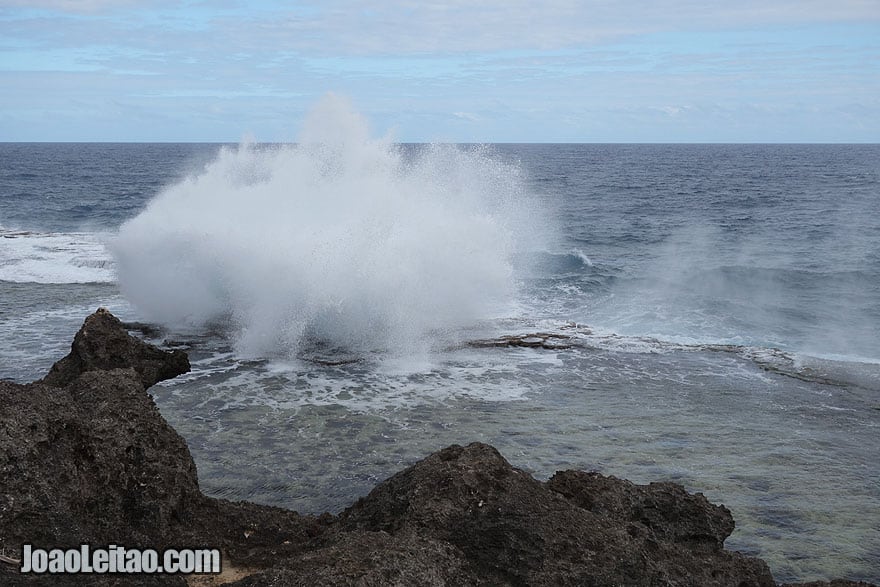
For a distance of 5km / 3.1mi along the coastline of Tonga’s island of Tongatapu, there is a great natural phenomenon. Rising to heights of 30m / 100ft at high tide, a series of geological blowholes offers a spectacular show for all to see! Tongatapu’s most rugged, natural beauty is, in fact, quite easy to understand. The ocean water moves through coral reef tunnels created underneath the surface, finally upsurging in a forceful sort of whistling explosion. Get your camera ready!
11- Visit Lake Taupo, New Zealand
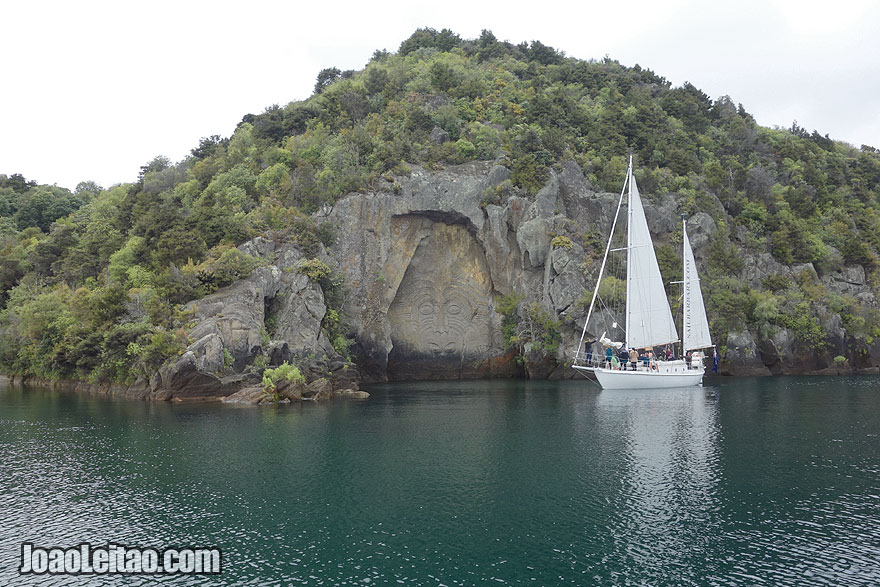
Located in the North Island of the country, Lake Taupo is New Zealand’s largest freshwater lake. With a perimeter of 193km / 120mi, it sits in the caldera of a volcano, formed by a terrain collapse during a massive eruption more than 26,000 years ago.
The lake, with all its fantastic surrounding nature, makes this region a perfect place to enjoy the fresh air in an extensive array of activities such as: fishing (mostly freshwater trout), finding fascinating thermal hot spots, walking and hiking, golfing, biking, watching Huka falls and the Ariatiatia rapids and visiting the impressive Maori Rock Carvings at Mine Bay (over 10m / 33ft high and only accessible by water). Oh, and because it is a lake, don’t forget to explore all of the aquatic activities!
12- Visit Pohutu Geyser, New Zealand
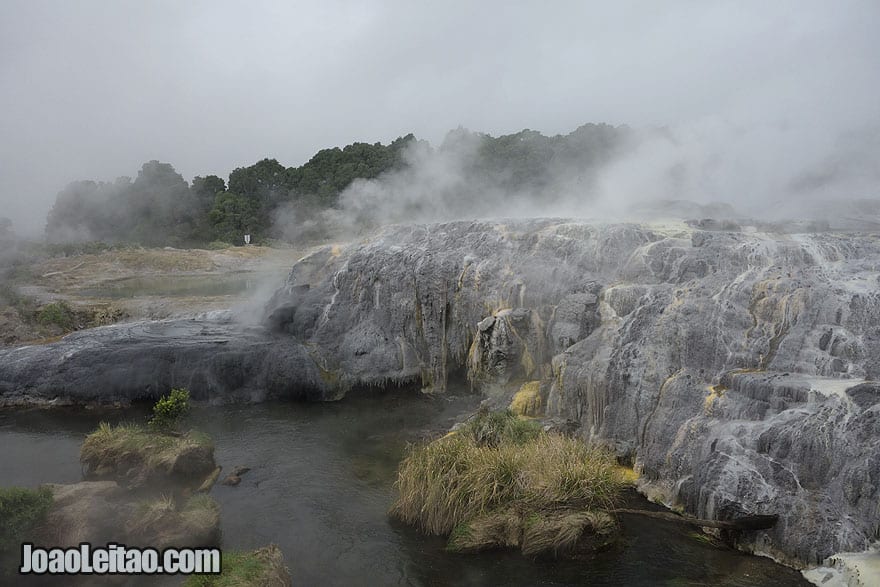
Pohutu Geyser is situated in the Whakarewarewa Thermal Valley, in the northern island of Rotorua, New Zealand. The demeanor of Pohutu, actually meaning “big splash” or “explosion”, is self-explanatory. The largest active geyser in the southern hemisphere, reaching 30m / 100ft towards the sky, it is activated up to twenty times a day. So, if you wait long enough, it will introduce itself to you!
According to Maori culture and tradition, Geysers such as this are viewed as gifts from the gods. Here, it is said that, in the thermal valley where Pohutu Geyser is found, two sisters named Te Pupu and Te Hoata, the Goddesses of Fire, went below the earth to search for their lost brother. Along the way, as they got closer to him, the sisters lifted their heads above the ground, creating the geysers and other geothermal hotspots. Folklore or scientific explanation aside, the eruptions are quite a sight!
13- Visit Auckland, New Zealand
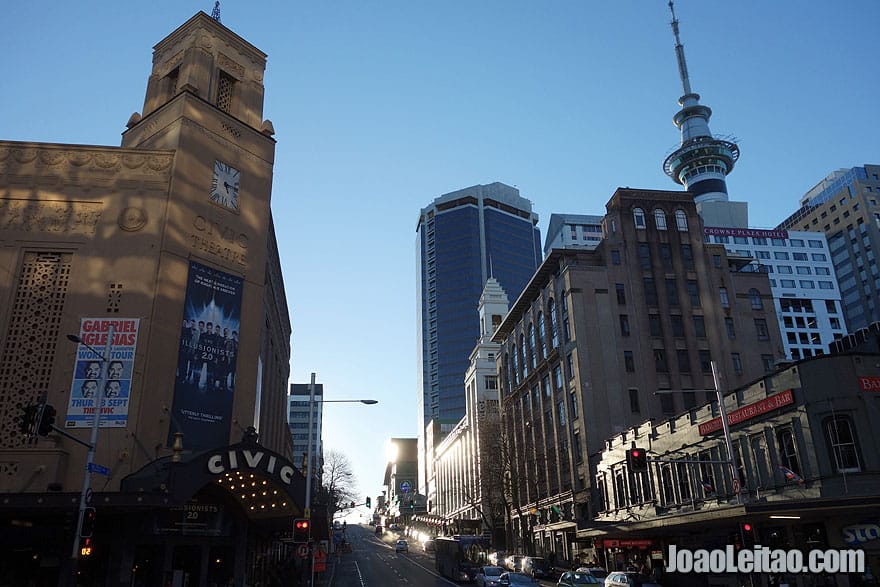
The largest and most multicultural city in New Zealand, Auckland is home to a large Asian community and the largest Polynesian population of any city on earth. Not at all a “vertical city”, Auckland stretches to the limit of its land surrounded by river estuaries and its two harbors, Manukau and Waitemata. As a result, its urban scene incorporates glowing, colored sails dotting its waters, especially during summertime.
Mostly due to the diversity of its terrain, Auckland is divided into several characteristic zones offering a little bit of everything for everybody. In Parnell, we can find the city’s oldest churches among a few historical houses. Near Queen Street, Karangahape Road is the place for shopping, eating and for its lively nightlife and clubbing. As well, and further west of the center, Ponsonby Road fits the same satisfies the same purpose. In The Domain area, here the Auckland Museum tells the story of the Maori and the Pacific Islands. South of the center, the views towards Auckland are spectacular, especially from Mount Eden and One Tree Hill. Pah Homestead art gallery and Saturday’s Otara Market, claimed to be the largest Maori-Polynesian market in the world, are also great places to visit.
14- Visit the Oceania Collection of Auckland Museum, New Zealand
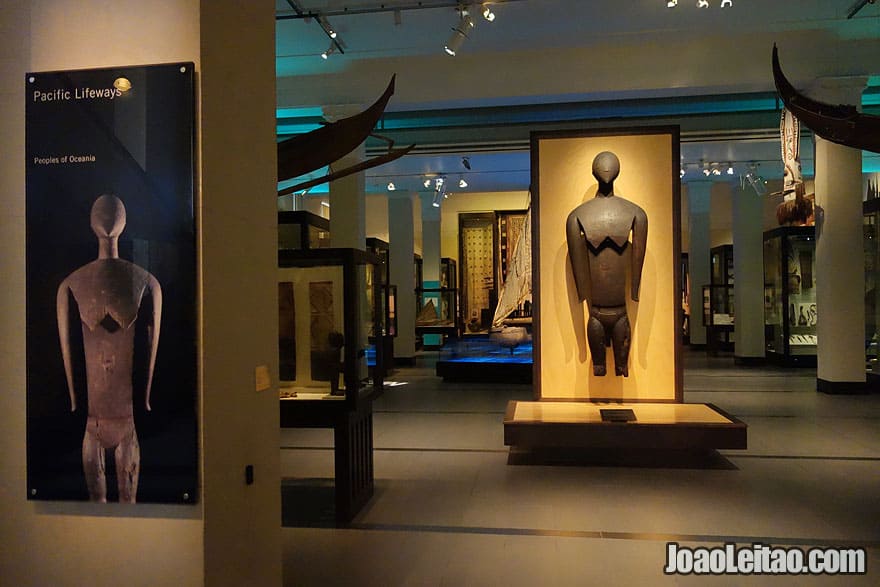
Of course, the best way to know a continent, a country or city is to travel and meet the people, to experience their lifestyle and traditions, their markets… But to know the past, while understanding the present, it is best to visit a museum.
The Auckland Museum is the quickest way to learn about New Zealand and Oceania. Among its many galleries, I highly recommend visiting those exhibiting: the decorative arts, the rich diversity across Pacific island communities, the most beautiful and important Oceanic art and artifacts in the world, Maori treasures and Maori Natural History, the region’s geological origins, the dramatic contrasts of New Zealand’s terrain, the coastal areas, oceans and volcanoes. Take a glimpse of all these wonderful aspects of Oceania here, in just a couple of hours!
15- Visit Apia, Independent State of Samoa
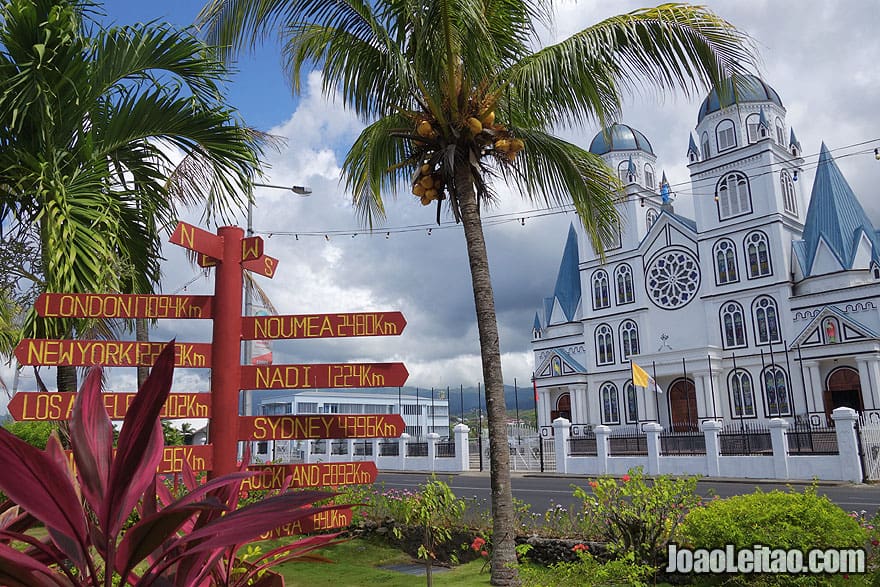
The largest city in the country as well as the nation’s capital, Apia is located on the central north coast of the island Opolu. Although not the most beautiful place in Samoa, it certainly has its qualities confirming it is an interesting place to check out. In fact, Apia is the only settlement able to carry the title of “city” in Samoa, while it also still maintains its own chiefly matai leaders and fa’alupega (genealogy & customary greetings).
While wandering around Apia, you will notice a few wooden early-colonial buildings, the most interesting being the German colonial courthouse containing a museum. Be sure to also see the harbor-side Fiame Mataafa Faumuina Mulinuu II government building and the war memorial clock tower marking the city’s center.
Before venturing out to discover the rest of Samoa, don’t leave Apia without visiting Mulinu’u, also the location of the Maota Fono (Parliament House), the old ceremonial capital at the city’s western end. As well, the Fugalei area provides us with the abundant Maketi Fou, the new market. How I adore markets!
16- Visit a Fire Dance Show, Kingdom of Tonga
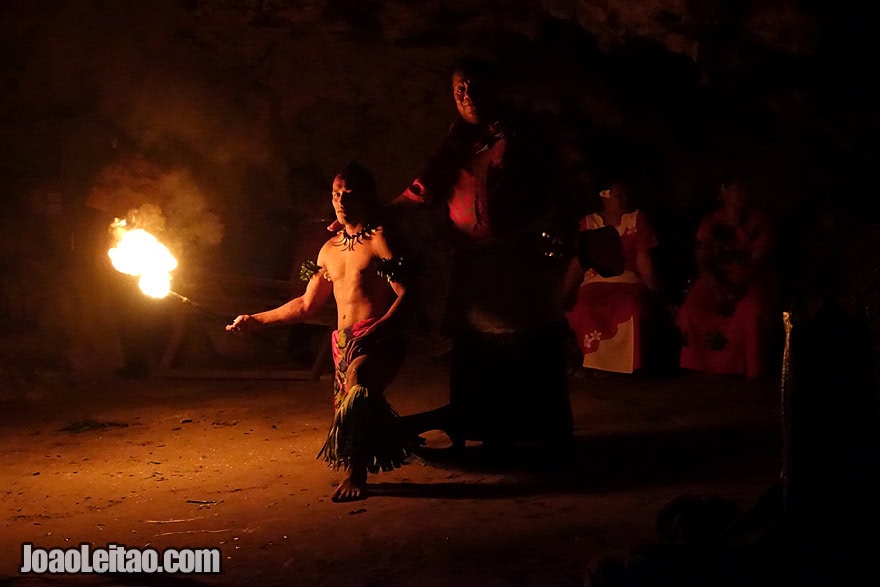
Imagine women elegantly and smoothly performing the beautiful Lakalaka while, on the other hand, men display the fierce Tongan warrior spirit through the Kailao war dance’s rapid movements simulating violent attacks… Needless to say, dance is a highly important, central aspect of Tongan culture.
Well known for the strong impression it leaves on its audience, the dance’s single or duel dancers spin and jump while juggling flaming knives. Add in pulsating traditional drums and the visual effect of mysterious background darkness (if the performance is held at night) and you are in for a great show! The dancers, the experience as a whole, truly impressed me.
17- Visit Melbourne, Commonwealth of Australia
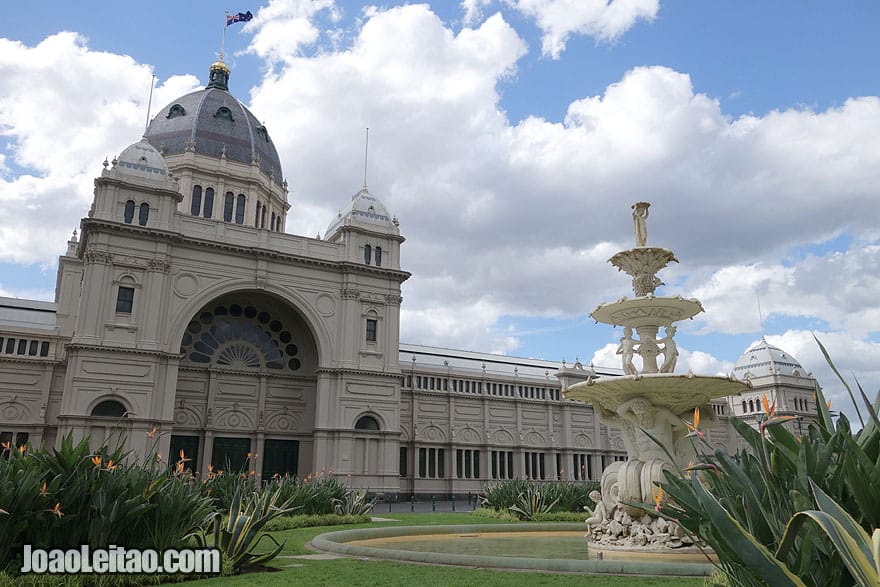
Most every aspect of the city screaming culture, without a doubt Melbourne is Australia’s cultural capital – its diversity, its architecture, its multitude of live music venues, the many great museums and exciting, prolific street art together give it a character unlike any other place.
Melbourne’s city center can be fully covered on foot, easily allowing visitors to take advantage of all it offers: its Victorian architecture, vast array of shops, lively and animated cafés and laneway eateries, as well as its theaters and art galleries. Places not to miss are: the Melbourne Docklands, Flinders Street Railway Station, Eureka Tower, the enormous and colorful Queen Victoria Market, Southgate, Federation Square and the Old Melbourne Gaol (prison). In the Carlton district, you will find the renowned Melbourne Museum, the largest museum in the Southern Hemisphere. Take time to become acquainted with the goings-on in other districts such as Parkville, St Kilda, South Yarra, Prahran, and so on. Melbourne is a huge city, so be sure to have a plan and make the most of your stay!
18- Visit Blue Mountains National Park, Commonwealth of Australia
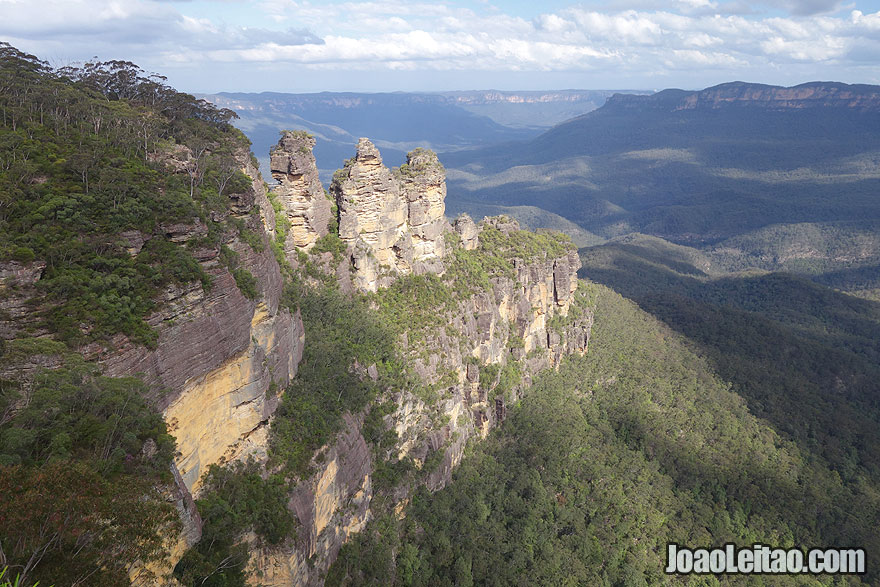
Resting only about 80km / 50mi west of Sydney, in the New South Wales region, Blue Mountains National Park is one of eight protected spaces in the Greater Blue Mountains Area, inscribed as UNESCO World Heritage sites for their sandstone plateau and eucalyptus embellished forest gorges.
Only 6km / 3.7mi into the park, Mt. Portal Lookout offers amazing scenery over the Glenbrook Gorge, the Nepean River and, in the distance, all of Sydney itself. Next, take a stroll through the town of Wentworth Falls and the Jamison Valley. A network of 140km / 87mi of trails and walking paths, Wentworth offers numerous rock formations and invitations to participate in adventure sports. I truly enjoyed all Blue Mountains National Park’s abundant wilderness, making me feel rather small but incredibly happy to be alive!
19- Visit Grampians National Park, Commonwealth of Australia
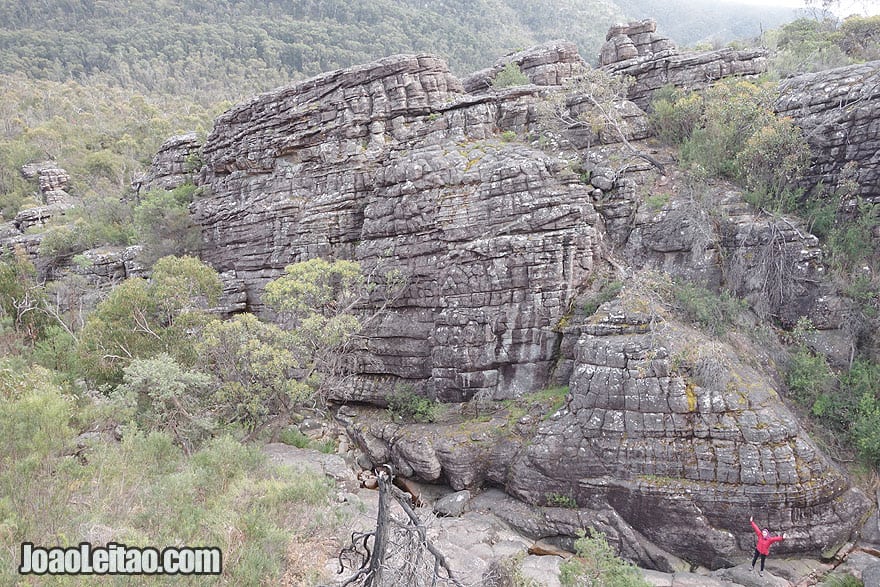
The Grampians National Park, also known as Gariwerd or The Grampians, is situated in the Grampian region of Victoria, Australia. With its series of rugged sandstone mountain ranges, forests and one of the richest indigenous rock art sites in southeastern Australia, the entire park is a display of nature’s extraordinary creations.
Offering what wilderness lovers seek, The Grampians will keep you occupied with activities such as: climbing, camping, bush walking and scenic drives. Like the breathtaking view from Boroka Lookout, it’s not difficult to find picturesque panoramas and waterfalls, like the spectacular MacKenzie Falls. Also, be sure to visit the park’s Aboriginal Cultural Center.
20- Visit Parliament of Australia, Commonwealth of Australia
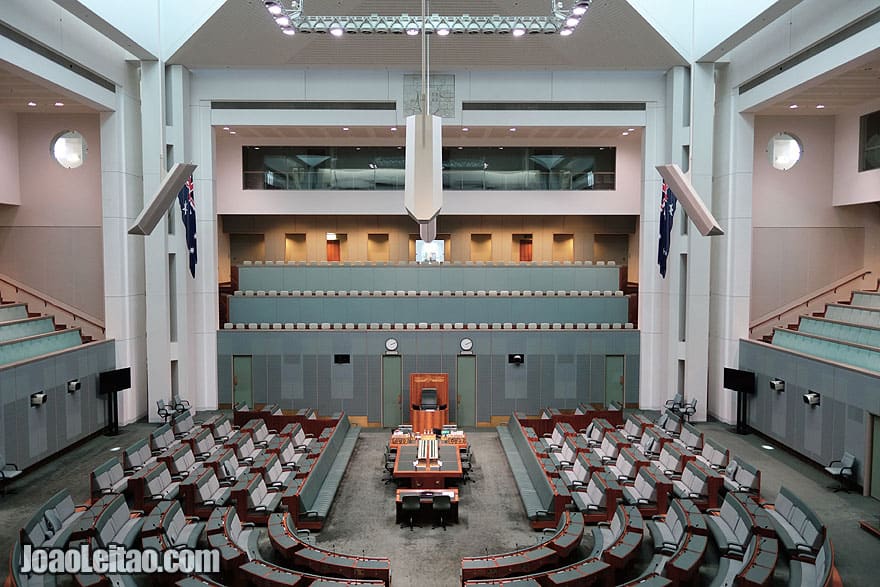
Located in Canberra, the nation’s capital, and officially named The Parliament of the Commonwealth of Australia, this is where the Australian government’s legislative branch meets to make its laws. Obviously! This rather new political building located on Capital Hill, however, is also open to the public.
Opened as recently as 1988 by Queen Elizabeth II, the stretching Parliament House building displays an innovative and modern architecture. Inside, you will have the opportunity to visit the Chambers to view such historic documents as the Magna Carta. Its design based on the metaphor of two boomerangs, I truly enjoyed the interplay of its interior layout within the building’s clean, architectural lines.
All countries of Oceania: Australia, Fiji, Kiribati, Marshall Islands, Micronesia, Nauru, New Zealand, Palau, Papua New Guinea, Samoa, Solomon Islands, Tonga, Tuvalu, Vanuatu.
“Best Destinations in Oceania by other Travel Bloggers”
I asked other travel bloggers about their favorite places in Oceania. Read about the places other travelers like to spend their holidays.
Under update. Please come back later.


